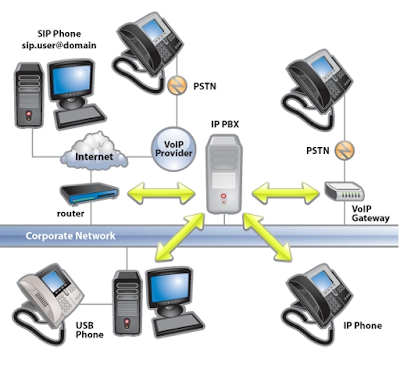What is a PBX Phone System and how does it work?
What is a PBX Phone System?
PBX stands for Private Branch Exchange, which is a private telephone network used within a company.
Traditional PBXs would have their own proprietary phones, such that there would be a way to re-use these phones with a different system. This means that we either have system-lock-in (we are bound to the same system because changing system means also changing phones, which makes it prohibitively expensive to break away) or vendor-lock-in (we are bound to the same vendor because the phones are only usable with systems from the same vendor, sometimes only within a particular range of systems).
Time and Technology however have changed the consumer telephony landscape, with the flag-bearer being the Open-Standards-based IP-PBX. The point of the “IP” in this new era is that the phone calls are delivered using the Internet Protocol as the underlying transport technology.
 |
PBX Phone System |
This image gives us an idea of what an IP-PBX system allows in terms of connectivity and reachability.
With a traditional PBX, you are typically constrained to a certain maximum number of outside telephone lines (trunks) and to a certain maximum number of internal telephone devices or extensions. Users of the PBX phone system (phones or extensions) share the outside lines for making external phone calls.
An IP-PBX opens up possibilities, allowing for almost unlimited growth in terms of extensions and trunks, and introducing more complex functions that are more costly and difficult to implement with a traditional PBX, such as:
- Ring Groups
- Queues
- Digital Receptionists
- Queues
- Voicemail
- Reporting

How to install the app
ReplyDeleteHow to install the app
ReplyDelete